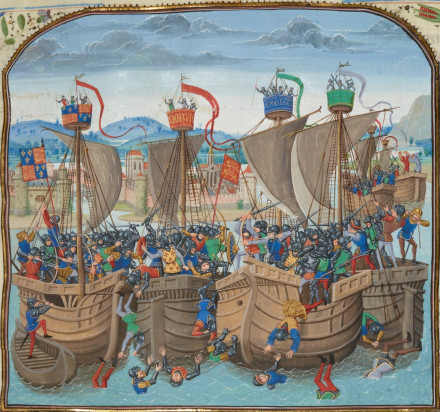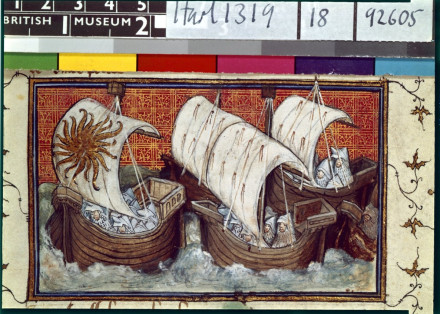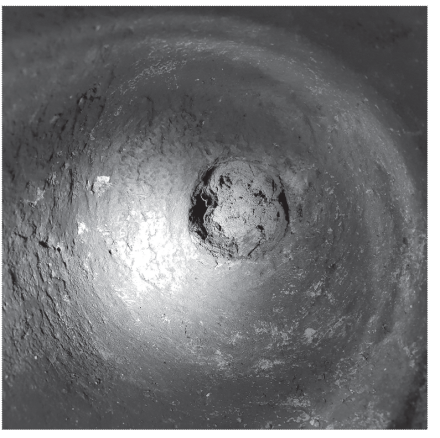History
The Marstrand cannon is a medieval naval cannon that was found in 2001 on the seabed off the coast of Marstrand, Sweden.
The cannon was found by an amateur diver at a depth of 20 meters. The cannon was in poor condition, but it was still recognizable as a cannon. Recent research has shown that the cannon dates from the 14th century. This makes the Marstrand cannon one of the oldest artillery pieces ever found in Europe.

There are few depictions of naval battles from the period. It is the period of the Hanseatic cities and the very beginning of guns on ships.

Description
Research
An international research team led by Staffan von Arbin recently examined the cannon. The cannon was part of the ship, not a cargo or ballast ship that was wrecked in the 14th century.
Specification
The cannon is made of bronze. The exterior is heavily corroded. The length was 47.5 cm. The gun consists of a 27 cm powder chamber and a 20.5 cm barrel. The weight in its current form is 18.7 kg.
In the period before 1450 AD stone balls were fired . After 1450 iron shots became the norm.
Fire power
For this 47.5 cm short cannon (caliber 205 mm) firing a stone ball of about 12 kg, a realistic effective range would be in the order of ≈ 0.8–1.4 km, depending on the strength of the powder charge (average chamber pressure) and the elevation angle.
Historically, the lower end of that range (≈ 0.8–1.2 km) is the most plausible, especially given how short the barrel is.
Dating
Without environmental finds and/or inscriptions, cannons can only be roughly dated. A piece of textile was found in the cannon. Organic material can be dated using the radiocarbon method.* The outcome of the analysis gave a date somewhere between 1300-1400 AD.

Cartridge
A piece of textile was found in the mouth of the powder chamber. This comes from a cardouse. A cartridge is a bag with a measured load of powder in it. Preparing powder in advance in a standard size bag has many advantages for final use.
References
- Staffan von Arbin, Kay Douglas Smith & Tobias B. Skowronek (2023).
The Marstrand Cannon: The earliest evidence of shipboard artillery in Europe?,
The Mariner's Mirror, 109:3.
pp 260-282.